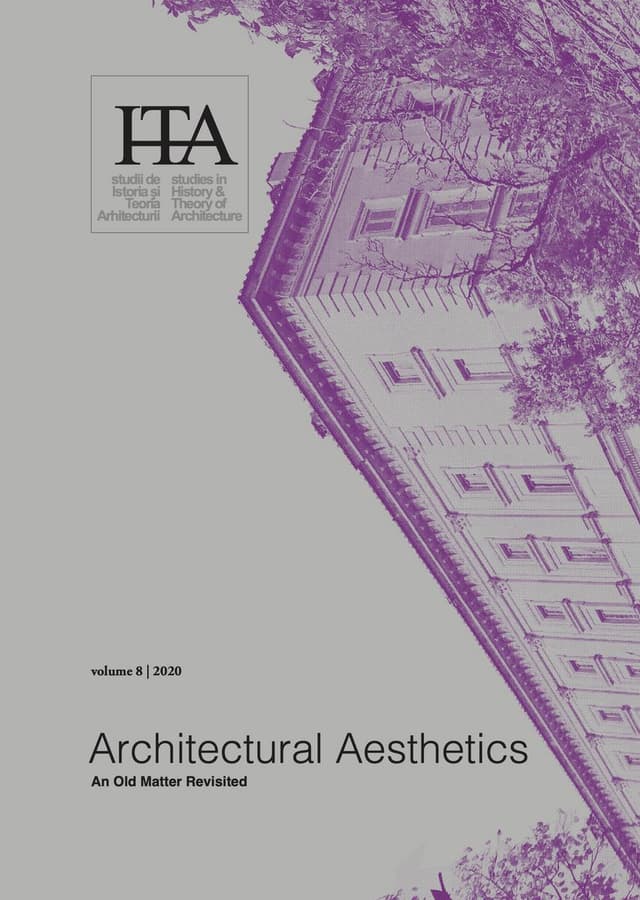The Interplay of Philosophy and Architectural Aesthetics in the Work of Karola and Ernst Bloch
by
Bettina Siegele
Keywords
noch-nicht
childcare facilities
GDR
feminism
After World War II, East Germany realized numerous places in kindergartens and nurseries. For this purpose, special schemes and guidelines were developed by the architect Karola Bloch. The weekly care home for children Future of the Nation in Leipzig designed after her scheme and in cooperation with her, appears at the first glance probably a bit odd.
This building is clearly neither a “masterpiece,” nor part of the modernist canon. But at second glance, however, it has the potential to open up architectural discussions on several levels – including an aesthetic one. While some of her design choices can be linked to the Modern Movement, such as the principles of light and air in the building, others appear to be unusual.
Almost at the same time as the construction of the aforementioned building, Ernst Bloch, Karola Bloch’ husband, published his main work The Principle of Hope. In the third part of the text “Outlines of a Better World,” the philosopher not only dedicates a big part to architecture itself, but also exercises criticism on modernist architecture.
In connection with his philosophical examinations of architecture, the idiosyncrasies of Karola Bloch´s architecture become not only intelligible, they even open up new aesthetic principles – a new aesthetic of architecture for a new society, such as Ernst Bloch claimed for it in his philosophy.
Published in

Chicago citation style
DOI:
10.54508/sITA.8.07